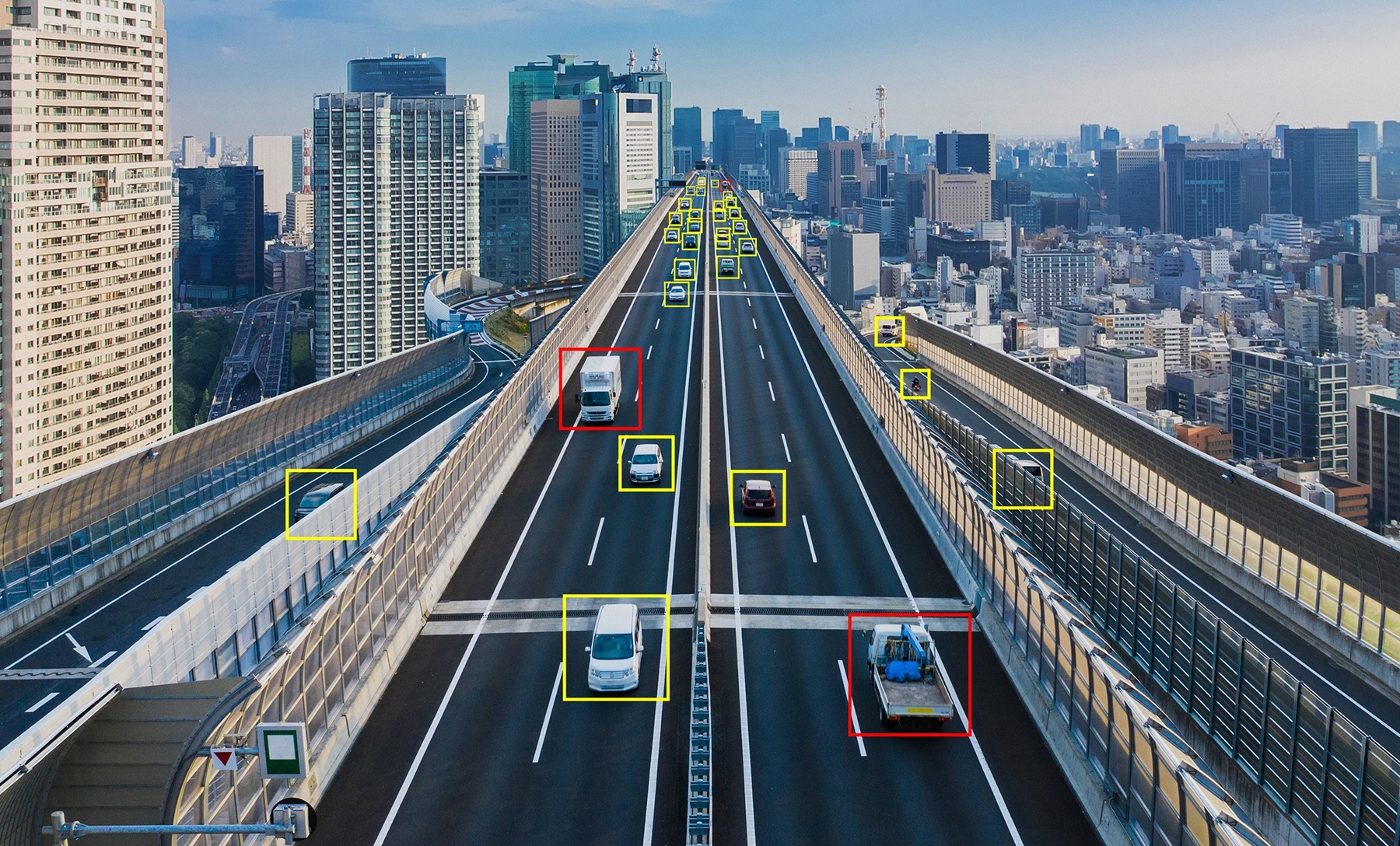
Imagine your personal vehicle using next-gen sensors to capture data on traffic congestion, road hazards, unsafe intersections, and the like. Your vehicle can then transmit that data in real time to the relevant personnel, alerting them that a pothole needs fixing or a dangerous intersection needs a traffic light.
As vehicles become more “intelligent”, so too will the cities they operate in. Smart vehicles collect data as they drive and share it with various stakeholders in the city. The city can then leverage that data for urban planning as well as improvements to the city’s design and function.
But it doesn’t stop at simply sharing data with road authorities and drivers – imagine vehicles transmitting data directly to city infrastructure. That level of communication could facilitate adaptive traffic management systems in which vehicles and traffic signals dynamically respond to each other, creating a more fluid and efficient urban traffic environment.
Smart vehicles are already here, but urban traffic infrastructure is currently incapable of fully leveraging the data they produce. It’s time for cities to catch up.
Designing the city of the future
As urban areas become increasingly congested and complex, the need for real-time, granular information to manage and optimise city functions is critical. Smart vehicles will be at the forefront of this transformation, acting as mobile data hubs that continuously gather and share vital information.
In future smart cities, the data from these vehicles will inform every aspect of urban management. For example, the data gathered from vehicle movements will help optimise traffic flow, enabling adaptive traffic control systems to minimies congestion, reduce travel times and lower emissions. The data collected from vehicles can help predict and manage traffic patterns, re-route vehicles in real time, and even provide individualised traffic information to drivers and autonomous vehicles. In addition, the ability to collect, detect, and map road conditions will be crucial in prioritising and optimising budget allocation for road maintenance.
To harness these advanced capabilities, cities must prioritise enhancing Vehicle to Infrastructure (V2I) communication. This involves deploying robust 5G networks as well as improving existing communication frameworks to support fast, high-bandwidth interactions. An essential upgrade includes installing and improving fibre optic cables to facilitate reliable, high-speed data movement. Additionally, cities should invest in edge computing, a technology that processes data close to where it is generated, minimising delays and enhancing the speed and efficiency of responses.
Because vehicles must communicate with traffic infrastructure in real time, the comms networks must operate with low latency. If there’s a lag time between a vehicle and a traffic light, that would lead to chaos and congestion.
How it works
For vehicles to collect comprehensive data about their surroundings, they must first be equipped with an array of physical and virtual sensors and communication capabilities. These sensors are critical for capturing detailed, real-time information about road conditions. Once the sensors collect the data, it must be transmitted to the cloud for analysis.
So, cities must invest in scalable cloud platforms capable of handling the vast amounts of data generated by the smart vehicles. These platforms facilitate the aggregation and integration of data from various sources, including vehicle sensors, traffic management systems and urban infrastructure. A hybrid cloud approach, combining public and private cloud systems, can offer flexibility and control over data management. Cloud platforms should also support advanced data processing capabilities, utilising machine learning and artificial intelligence to analyse data and generate practical insights.
“Cities must invest in scalable cloud platforms capable of handling the vast amounts of data generated by the smart vehicles”
Additionally, the ability of vehicles' ECUs to process the gathered signals ensures immediate, localised decision-making and reduces latency. This cloud-based infrastructure will be able to process and analyse the data in real time, transforming raw sensory input into useful information about traffic congestion, road hazards, wait times at intersections and overall road safety conditions. By aggregating data from numerous vehicles, the cloud system can identify patterns and trends that might not be visible from a single vehicle’s perspective.
Once the data is in the cloud, a variety of stakeholders can access it, including city officials, other vehicles on the road, and smart road infrastructure. Vehicle to Vehicle (V2V) and V2I communication can enhance this data exchange by enabling direct, real-time interactions. V2V communication allows vehicles to share information about their speed, location and road conditions with each other, helping to prevent collisions and improve traffic flow. Meanwhile, V2I communication connects vehicles with traffic lights, road signs and other infrastructure. This interaction ensures a more synchronised and responsive urban transportation system.
Final thoughts
By enabling vehicles to communicate with the city and its people in real time, this technology is paving the way for a safer, more efficient urban environment. This dynamic interaction between vehicles, infrastructure and citizens represents a fundamental shift in how cities are managed and experienced.
It’s clear the vehicles of the future are coming; and with them, so are the cities of the future. But only if cities are prepared to make the investment.

ABOUT THE AUTHOR
Yagil Tzur is VP of product at Tactile Mobility












